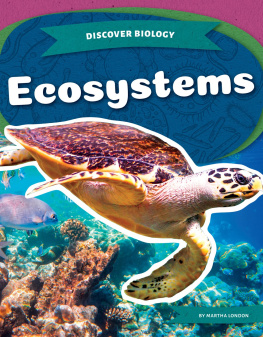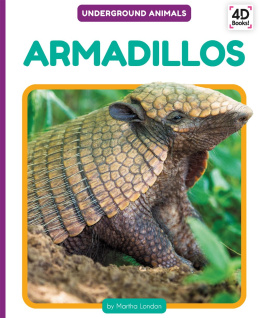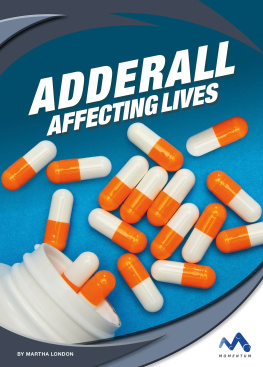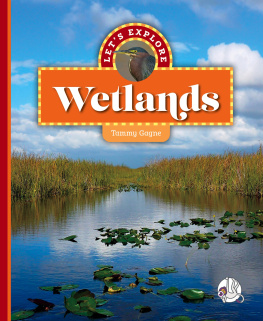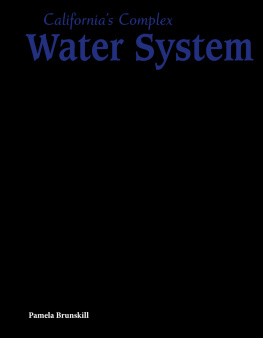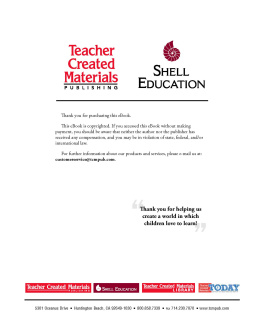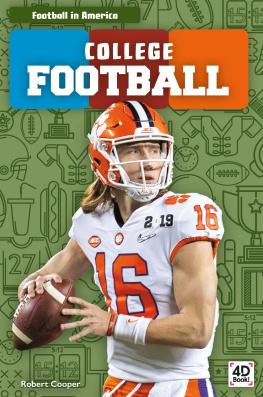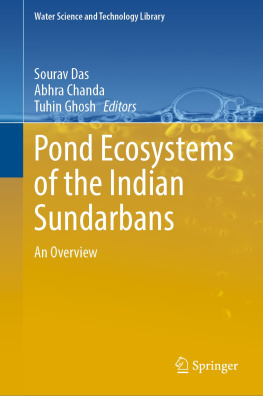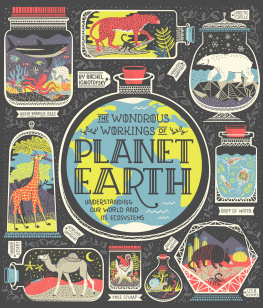Contents
Guide
Page List
DISCOVER
BIOLOGY
Ecosystems
BY MARTHA LONDON
CONTENT CONSULTANT
BENJAMIN GOLLER, PhD
POSTDOCTORAL SCHOLAR
DEPARTMENT OF BIOLOGICAL SCIENCES
PURDUE UNIVERSITY
An Imprint of Abdo Publishing
abdobooks.com
abdobooks.com
Published by Abdo Publishing, a division of ABDO, PO Box 398166, Minneapolis, Minnesota 55439. Copyright 2022 by Abdo
Consulting Group, Inc. International copyrights reserved in all countries. No part of this book may be reproduced in any form
without written permission from the publisher. Kids Core is a trademark and logo of Abdo Publishing.
Printed in the United States of America, North Mankato, Minnesota
052021
092021
Cover Photo: Andrey Armyagov/Shutterstock Images
Interior Photos: Odua Images/Shutterstock Images, 45; iStockphoto, 6, 1213, 14, 18; Alessandro Zocc/iStockphoto, 7; Sarawut
Kundej/Shutterstock Images, 9; Magalie St-Hilaire Poulin/Shutterstock Images, 10; Evan Austen/Shutterstock Images, 16; Peter
Llewellyn/iStockphoto, 2021; Richard Seeley/iStockphoto, 22; Kazakova Maryia/Shutterstock Images, 25; Shutterstock Images,
26, 29
Editor: Marie Pearson
Series Designer: Katharine Hale
Library of Congress Control Number: 2020948339
Publishers Cataloging-in-Publication Data
Names: London, Martha, author.
Title: Ecosystems / by Martha London
Description: Minneapolis, Minnesota : Abdo Publishing, 2022 | Series: Discover biology | Includes online resources and index.
Identifiers: ISBN 9781532195310 (lib. bdg.) | ISBN 9781098215620 (ebook)
Subjects: LCSH: Biology--Juvenile literature. | Biotic communities--Juvenile literature. | Ecosystem management--Juvenile
literature. | Life zones--Juvenile literature.
Classification: DDC 574.5--dc23
CONTENTS
Watering plants helps
them grow.
CHAPTER
Everything
Is Connected
As the weather warms, Aimee
watches how her backyard
changes. Plants sprout in the
soil. Soon flowers bloom. When
the soil is dry, the plants start to
droop. Rain helps them stand
tall again.
Monarch butterflies drink nectar from flowers.
What Aimee loves most are the butterflies.
Monarch caterpillars eat the milkweed in the
garden. Aimee watches them build chrysalises .
Butterflies break out of the hard shells. They flit
A ladybug eats insects that hurt plants.
from flower to flower. Aimee watches the
butterflies drink the sweet nectar in the flowers.
Everything in Aimees backyard is connected.
Plants make sugar using sunlight and take
nutrients from the soil. Insects eat the plants.
Birds eat the insects. When plants and animals
die, their remains put nutrients back into the soil.
Aimees backyard is an ecosystem.
What Is an Ecosystem?
An ecosystem is an area where living things
interact with nonliving things. Plants, animals,
soil, water, and air are all connected.
Ecosystems can be huge. Or they can be very
small. Areas with many similar ecosystems
are called biomes . The ocean is an example
of a biome. It has many smaller aquatic, or
water-based, ecosystems in it.
Tide Pools
Oceans have tides. Water levels rise
and fall over the course of the day.
When the tide goes out, it leaves small
ponds. These ponds are called tide
pools. Tide pools are small ecosystems.
High tide brings in plankton and algae
that get energy from the sun. Animals
in the tide pools eat these living things.
An ocean ecosystem can be home to many animals.
Animals such as raccoons have adapted to find
food in cities.
The world is made up of many ecosystems.
Healthy ecosystems are balanced. But they can
become unbalanced. People can change an
ecosystem. Sometimes people bring in plants
and animals that do not typically live in an area.
These plants and animals may become invasive.
They can crowd out native plants and animals.
People also build cities, farms, and roads.
Sometimes plants and animals adapt . They can
live alongside people. Other times, they cannot.
These animals and plants may die. Many
people work to protect ecosystems. People
need healthy and balanced ecosystems for food
and water.
Explore Online
Visit the website below. Does it give
any new information about ecosystems
that wasnt in ?
What Is an
Invasive Species?
abdocorelibrary.com/ecosystems
Sunlight is an important part
of an ecosystem.
CHAPTER
Nonliving
Parts of an
Ecosystem
The nonliving parts of an
ecosystem are called the abiotic
parts. They include dirt, climate,
water, and sunlight. Abiotic parts
affect which plants and animals
can live in an ecosystem.
Plants grow in soil with the
right amount of nutrients.
Something in the Soil
Soil is an important part of an ecosystem. Soil
has nutrients. Nutrients come from different
sources. One source is minerals in rocks. Dead
animals are another source. As the animals
decompose , nutrients from their bodies return
to the soil.
These nutrients allow plants to grow. If
there are not enough nutrients, plants can die.
Similarly, if soils have the wrong kinds of
nutrients, then plants do not have what they
need to grow.
Climate
A places climate is its typical weather over
time. Some places are warm. Others are
cold. Still other places have both hot and cold
seasons. Plants and animals are adapted to the
temperatures of their ecosystems. They cannot
live in ecosystems that have very different
temperature ranges.
Some ecosystems are sunny. Others are
cloudy. Some plants need lots of sun. Others
grow better in cloudy places.
Rain forests get a lot of rain.
Some places get high winds. They knock
down big trees so new plants can grow. But
some plants cannot survive in windy locations.
They need calmer places.
Water
Animals and plants need water to survive.
Some ecosystems, such as lakes, have a lot of
water. Others are very dry. Desert ecosystems
have almost no liquid water. Some forests get
a lot of rain. Rain forests are named for their
wet climates. Other forests are dry. Plants and
animals have adapted to the water available in
their ecosystems.
Solar Energy
One important part of ecosystems
is sunlight. Plants need sunlight.
They use energy from the sun for
photosynthesis. This is the process of
using the suns energy to make sugar.
The plant can use this sugar or store it.
Photosynthesis, along with water and
soil, helps plants grow.

